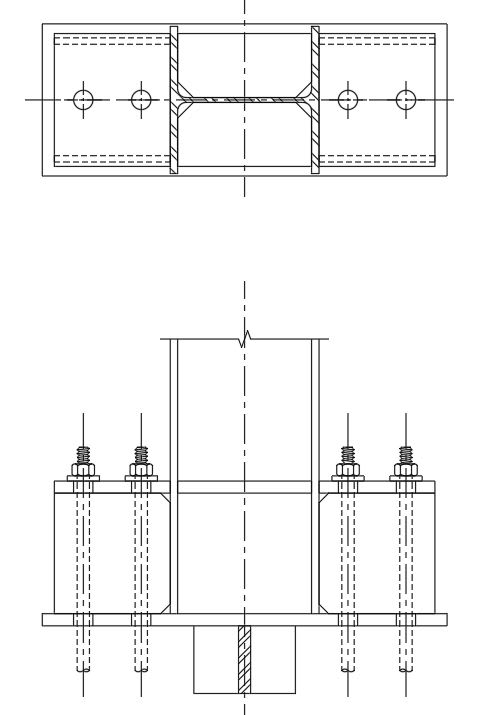tristan861
Structural
I have this limited RC wall (AROUND 8 inch width). Base plate with post installed epoxy anchors size 7/8''. My question is can I use this single line bolt layout to achieve the minimum edge distance between the concrete edge and anchor? knowing that it's a fixed base plate in major axis with 400 Kips.in

